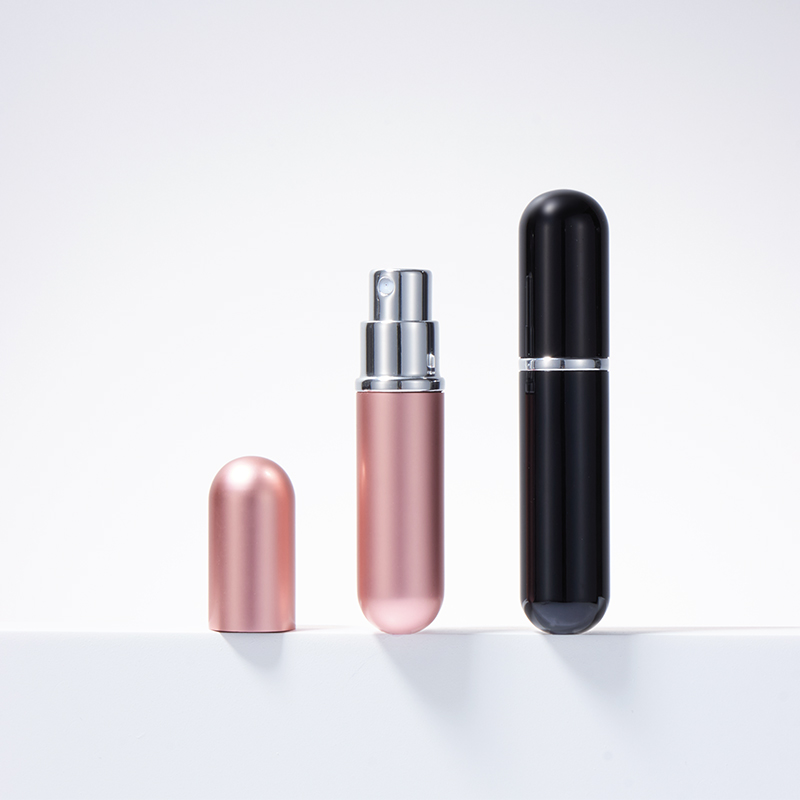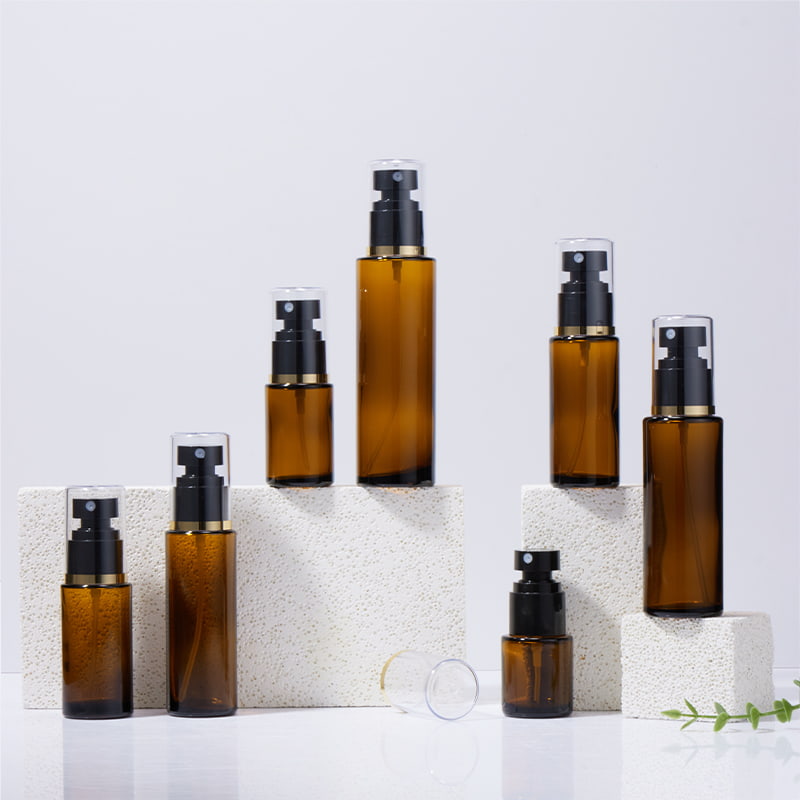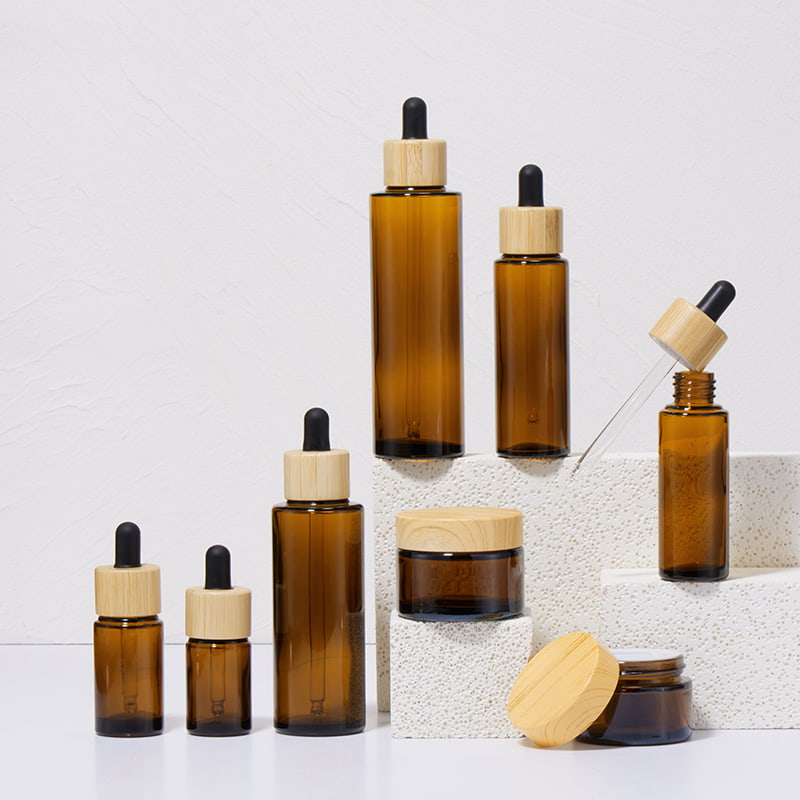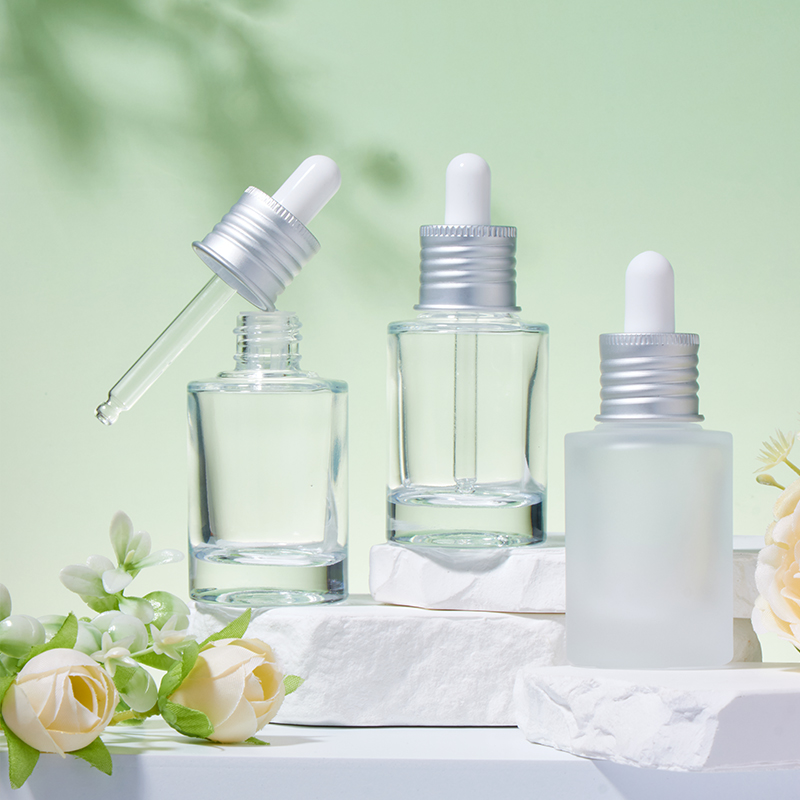Is it necessary to separate the pump head from the bottle mouth to clean the plastic pump head?
Industry News-Whether to separate the plastic pump head from the bottle mouth during cleaning depends on the cleaning objectives and effectiveness requirements. The following are key considerations:
1. The necessity of thorough cleaning
Separation is necessary: If it is necessary to completely remove the residues inside the pump head (such as paste, viscous liquid, and easily crystallizable components), separation is the only effective way. The thread of the bottle mouth is prone to accumulate dirt and grime, and long-term residue may breed bacteria or contaminate new contents.
The limitation of not separating: only flushing the outside or pressing to flush, unable to clean the gap between the pump head base and the bottle mouth connection, with high residual risk.
2. The complexity of the structure determines the operation
Detachable design: Most pump heads are separated from the bottle mouth by rotation (some require prying open the buckle). This type of design must be disassembled, otherwise blind spots such as the spring chamber, straw interface, and sealing ring back cannot be reached.
Integrated design: A few inexpensive pump heads are fixed and adhered to the bottle mouth, and forced disassembly may damage them. This type of pump head cannot be thoroughly cleaned and is not recommended for reuse.
3. Safety and hygiene risks
Cross contamination hazard: The residual old contents at the thread of the bottle mouth may come into contact with the newly filled liquid, especially for cosmetics and food products that must be separated, cleaned, and disinfected.
Cleaning of sealing ring: The sealing ring between the pump head and the bottle mouth is a hygiene blind spot, and residues will accelerate aging. Without disassembly, the component cannot be inspected or cleaned.
4. Functional maintenance requirements
Check component wear: After disassembly, visually inspect whether the spring is corroded, whether the piston is stuck, and whether the suction tube is cracked. Without disassembly, internal wear and tear cannot be evaluated, and repeated use may result in leakage or failure.
Drying effect: Accumulation of water inside the pump head can easily breed mold. Invert and air dry after separation, which is more thorough than air drying in a closed state.
5. Operational feasibility
Simple pump head: such as hand sanitizer pump head, can be separated by hand rotation, with low operating threshold.
Complex pump head: Some designs require tools to pry open, and forced operation may damage the buckle. If there are no professional tools, it is not recommended to disassemble it by oneself.
| Factor | Requirement for Separation |
| Thorough Cleaning Necessity | • Must be separated to fully remove residues from internal chambers, tubes, and threads. • Not separating leaves hidden crevices (under seals, threads) uncleaned. |
| Structural Design | • Detachable designs (screw-top, snap-off): Separation is mandatory for access.• Permanent/non-detachable designs: Cannot be cleaned properly; discard after use. |
| Hygiene & Safety Risks | • Must be separated to clean bacteria-prone areas (threads, seal grooves).• Critical for skincare/food products to prevent cross-contamination. |
| Component Inspection | • Must be separated to check seal integrity, spring corrosion, or cracks in hidden parts.• Ensures functional reliability. |
| Drying Effectiveness | • Must be separated to air-dry all components thoroughly.• Trapped moisture in unseparated pumps breeds mold. |
| Scenario | Separate? | Reason |
| Safe reuse (especially cosmetics/food) | Yes | Ensures no residue, contamination, or moisture retention. |
| Simple external rinse | No | Insufficient for reuse; residues remain inside. |
| Non-detachable/permanent pump design | Cannot | Not reusable; discard after use. |
| Reuse for non-critical liquids (e.g., soap) | Yes | Separation remains essential for functional/sanitary reuse. |


 中文简体
中文简体 Español
Español عربى
عربى







